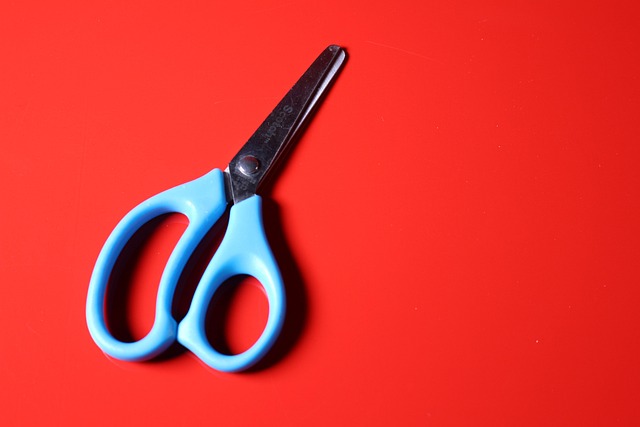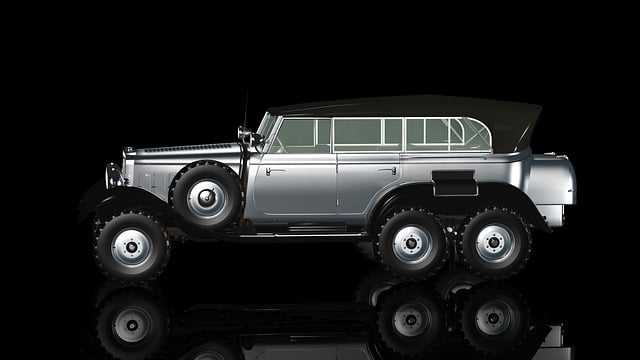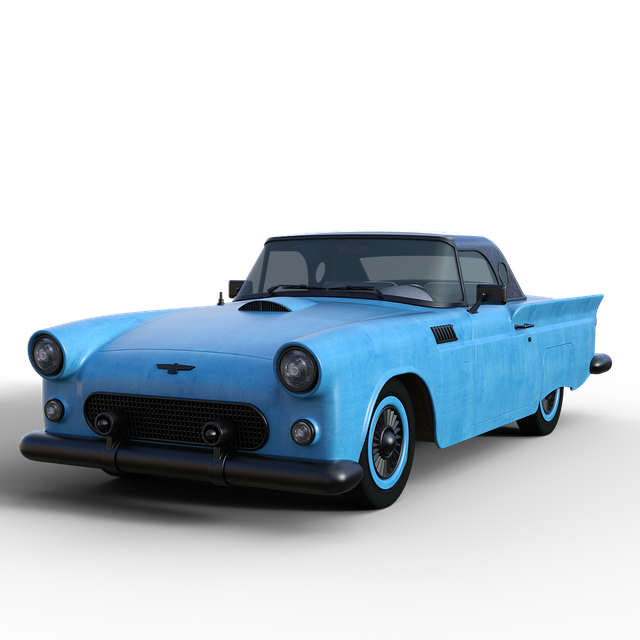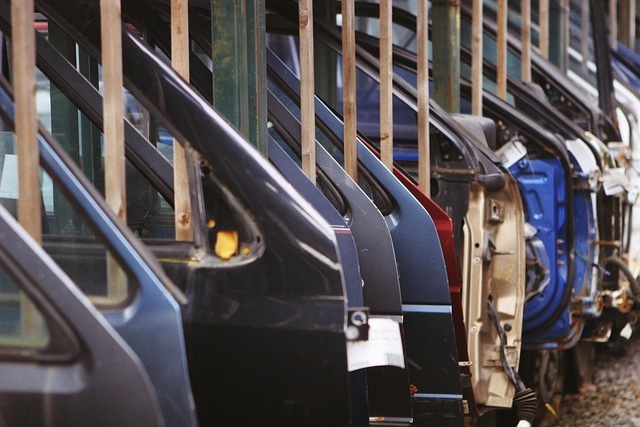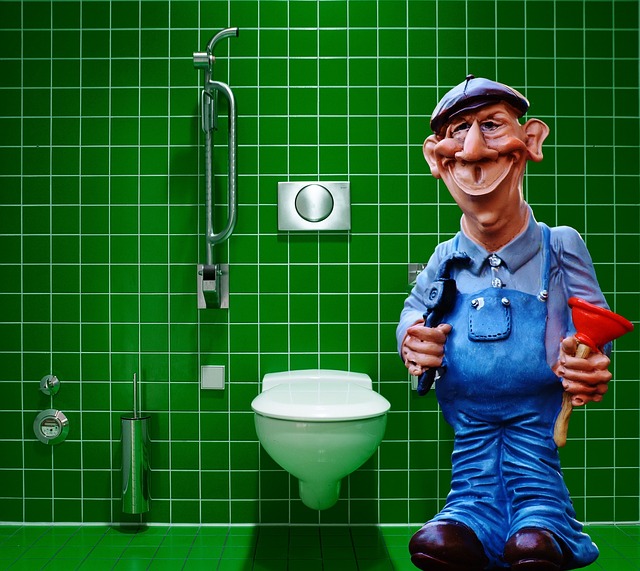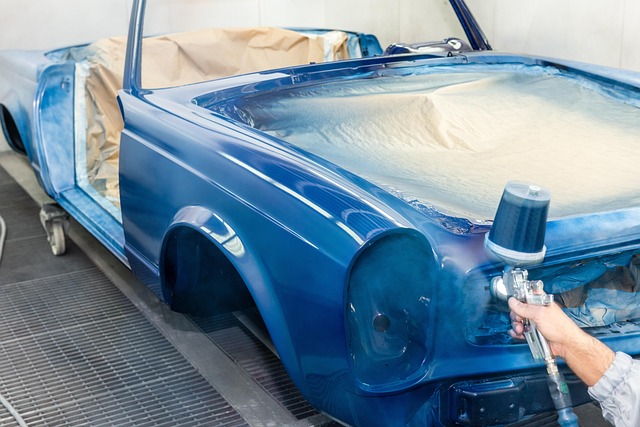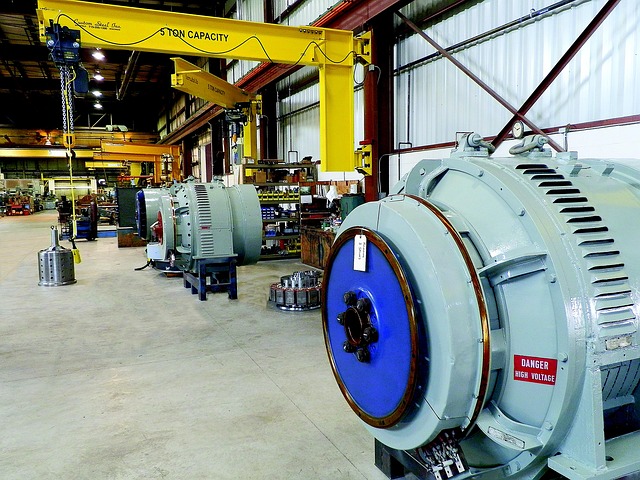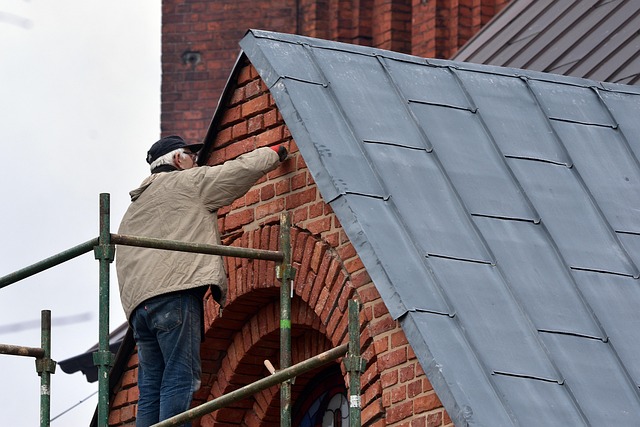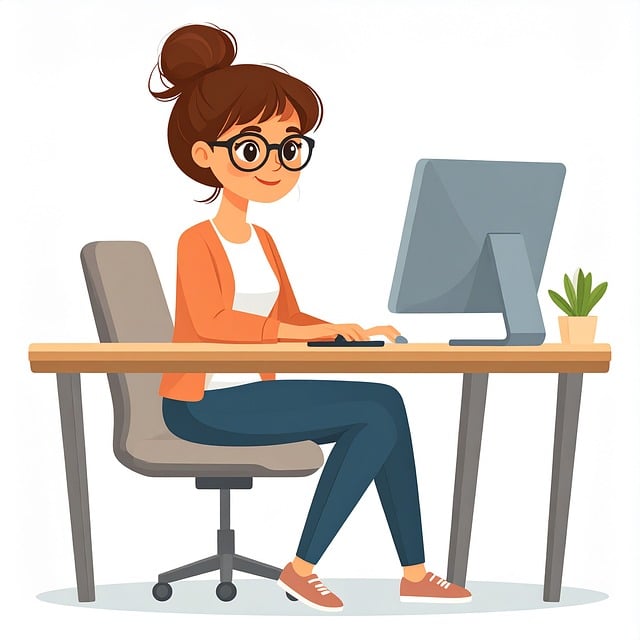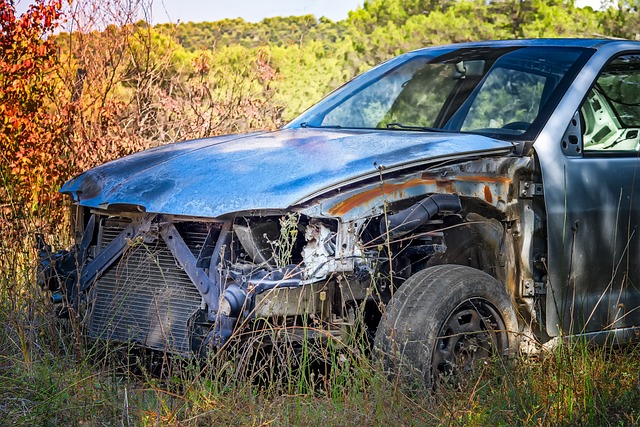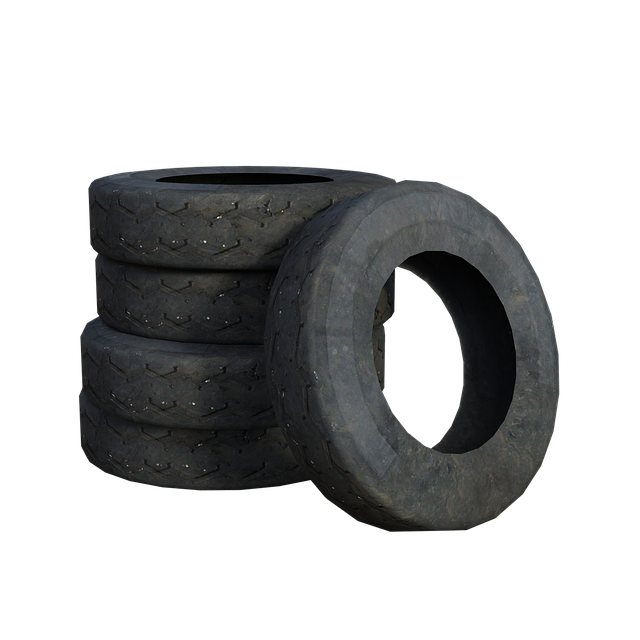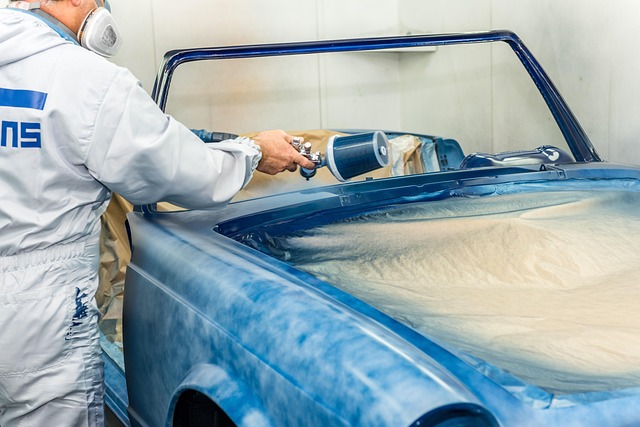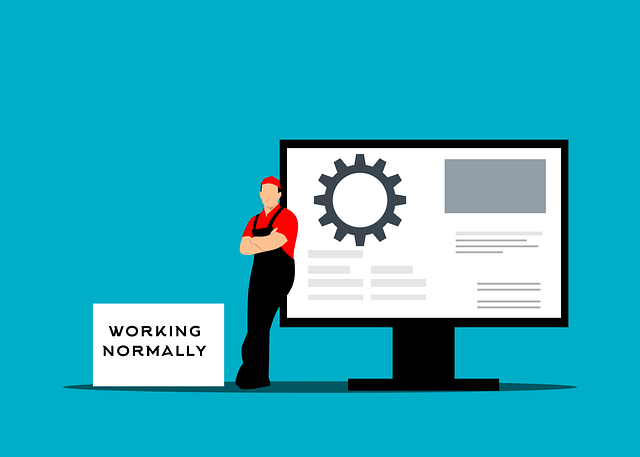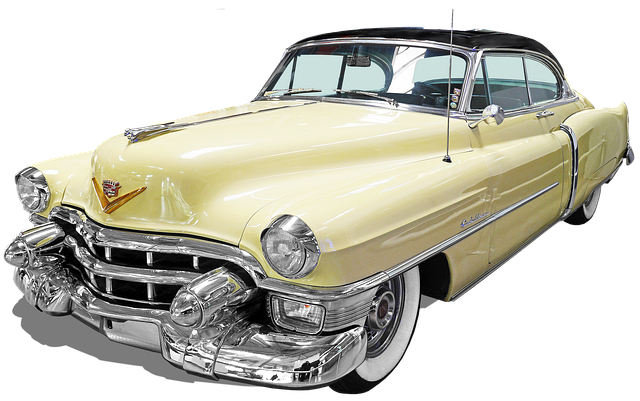Original paint matching is a meticulous and crucial aspect of auto restoration, ensuring vehicles regain their authentic appearance and historical integrity. Skilled technicians use advanced tools like spectral analysis and digital imaging to accurately replicate paint composition from factory specifications or historical databases. This precise process involves understanding evolving paint formulations and investing in specialized equipment, resulting in restored vehicles that not only look identical but also preserve their original character, appealing to classic car enthusiasts and collectors.
In the intricate art of auto restoration, achieving precision is paramount. Among the many meticulous tasks, original paint matching forms the very foundation for a seamless and authentic revival. This article delves into the significance of original paint matching in auto restoration, exploring its role as a crucial element for capturing a vehicle’s historical integrity. We’ll uncover the techniques, tools, and benefits that make this process both an art and a science, vital to every restoration project.
- Understanding Original Paint Matching: The Foundation of Auto Restoration
- Techniques and Tools for Achieving Accurate Paint Matches
- Benefits and Challenges: Why Paint Matching is Crucial in Auto Restoration
Understanding Original Paint Matching: The Foundation of Auto Restoration
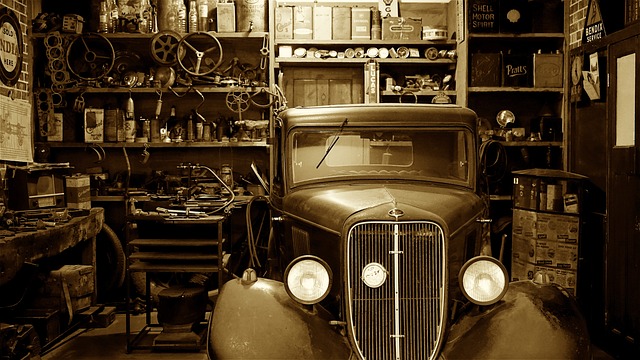
Understanding original paint matching is key to achieving flawless auto restoration results. It involves accurately duplicating the exact color and finish of a vehicle’s exterior, ensuring seamless integration with its existing panels and surfaces. This meticulous process requires skilled technicians who can closely examine the car’s surface, take precise measurements, and match the pigment and base composition of the original paint.
In a vehicle body shop offering top-notch bodywork services or collision repair, original paint matching is not just an option—it’s a standard of excellence. By taking this extra step, restorers can preserve the car’s authentic appearance, enhance its resale value, and ensure drivers enjoy a flawless driving experience. It’s about respecting the history and integrity of each vehicle, bringing them back to their former glory while maintaining their unique character.
Techniques and Tools for Achieving Accurate Paint Matches

Achieving an accurate paint match is a meticulous art in auto restoration, requiring skilled technicians and precise tools. The process begins with a thorough understanding of the vehicle’s original paint composition, which often involves consulting factory specifications or referring to specialized databases that catalog historical paint codes. Once the correct base colors and pigments are identified, professionals use advanced color-matching technology to analyze and reproduce these shades.
Technicians employ various techniques, such as spectral analysis and digital imaging, to capture the nuances of the existing paint. These tools break down the paint’s appearance into its component colors, ensuring an exact replication. In the auto body repair process, a well-equipped shop will have color-matching guns, which apply paint with precise control, allowing for subtle adjustments to achieve a perfect match. This attention to detail is what sets apart a good auto repair shop from one that offers merely superficial repairs, ensuring the restored vehicle retains its original paint’s integrity and beauty.
Benefits and Challenges: Why Paint Matching is Crucial in Auto Restoration
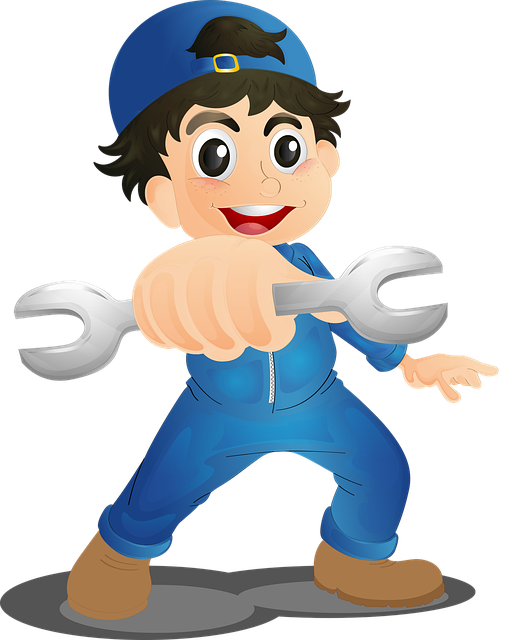
In the intricate process of auto restoration, achieving accurate original paint matching is no mere cosmetic concern; it’s a defining aspect that determines the vehicle’s overall authenticity and value. This meticulous task involves understanding the chemical composition, color specifications, and even historical production details of the car’s original paint to duplicate it perfectly. By aligning with the manufacturer’s precise standards, restorers ensure that the restored vehicle not only looks identical but also retains its original character, which is paramount for classic car enthusiasts and collectors.
While the benefits of original paint matching are clear, the challenges are significant. Paint formulations change over time due to advancements in technology and availability of raw materials. Moreover, achieving a perfect match requires specialized equipment and expertise, as even minor variations can be noticeable upon close inspection. Vehicle repair services and auto collision centers that specialize in this aspect invest heavily in training and resources to stay current with paint technologies and trends. This commitment ensures that the restored vehicle not only meets but exceeds expectations, showcasing the skill and artistry of the restorer while preserving a piece of automotive history for future generations.
In the intricate art of auto restoration, original paint matching stands as a cornerstone, ensuring vehicles not only look authentic but also maintain their historical integrity. By employing advanced techniques and tools, restorers can accurately replicate the nuanced shades and finishes of yesteryears. This meticulous process is paramount for achieving flawless results, preserving the vehicle’s value, and telling its unique story. Embrace original paint matching as a vital skill in the restoration journey to bring these classic gems back to their former glory.
